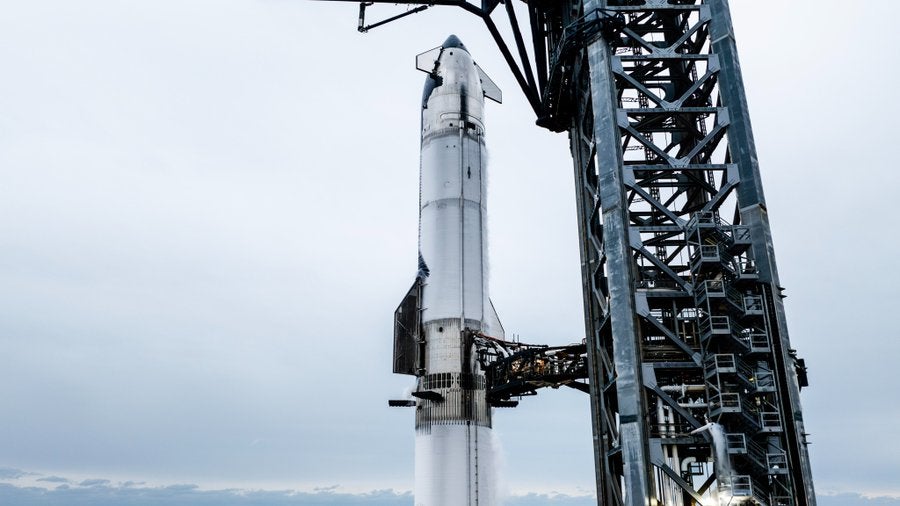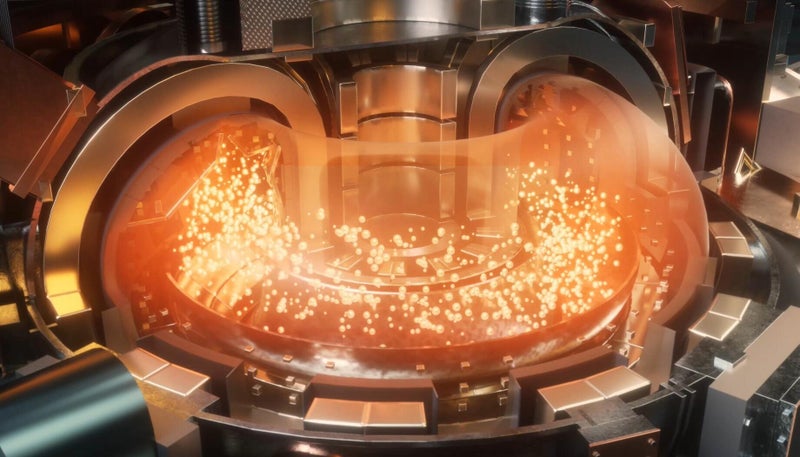Spaceships of the future that could jet humans to Mars from Nasa Star Wars-style nuclear rocket to Elon Musk’s Starship
Share:
HUMANS have already reached the Moon – and Mars seems like the obvious next step. But how will we get there? There are several mega-rockets already being developed that could take us to the red planet in our lifetimes. Mars is far away – around 140 millions from Earth on average.
![[This Star Wars-style mock-up shows what Nasa's nuclear-powered 'space habitat' might look like]](https://www.thesun.co.uk/wp-content/uploads/2024/12/nasa-rocket-001.jpg?strip=all&w=960)
That means getting there is not only time-consuming, but very expensive in terms of fuel. Nasa hopes that one way of bringing the time and cost down is using nuclear propulsion. "Nasa’s goal is to minimize the time the crew travels between Earth and Mars to as close to two years as is practical," Nasa said in 2021.
![[Nasa has teamed up with Darpa to create a nuclear-powered rocket of the future]](https://www.thesun.co.uk/wp-content/uploads/2024/12/nasa-rocket-002.jpg?strip=all&w=960)
"Space nuclear propulsion systems could enable shorter total mission times and provide enhanced flexibility and efficiency for mission designers.". In 2023, Nasa revealed that it had teamed up with Darpa (Defense Advanced Research Projects Agency) on building such a rocket.
![[Elon Musk's Starship could take humans to Mars and back]](https://www.thesun.co.uk/wp-content/uploads/2024/12/starship-000.jpg?strip=all&w=960)
And it said that this would allow for speedy trips to Mars and back. "Nasa will work with our long-term partner, Darpa, to develop and demonstrate advanced nuclear thermal propulsion technology as soon as 2027," said Nasa boss Bill Nelson. "With the help of this new technology, astronauts could journey to and from deep space faster than ever – a major capability to prepare for crewed missions to Mars.".
![[The Starship is designed to be a cost-effective way of transporting humans between planets]](https://www.thesun.co.uk/wp-content/uploads/2024/12/starship-002.jpg?strip=all&w=960)
One early concept of a a Nasa rocket looked a bit like a Star Wars X-wing. And Nasa says that nuclear thermal rockets could be three times more efficient than regular chemical propulsion. Billionaire tech mogul Elon Musk hasn't exactly been quiet about his dreams of shipping humans to Mars.
![[SpaceX has already conducted six Starship tests, four of which were successful]](https://www.thesun.co.uk/wp-content/uploads/2024/12/starship-001.jpg?strip=all&w=960)






















